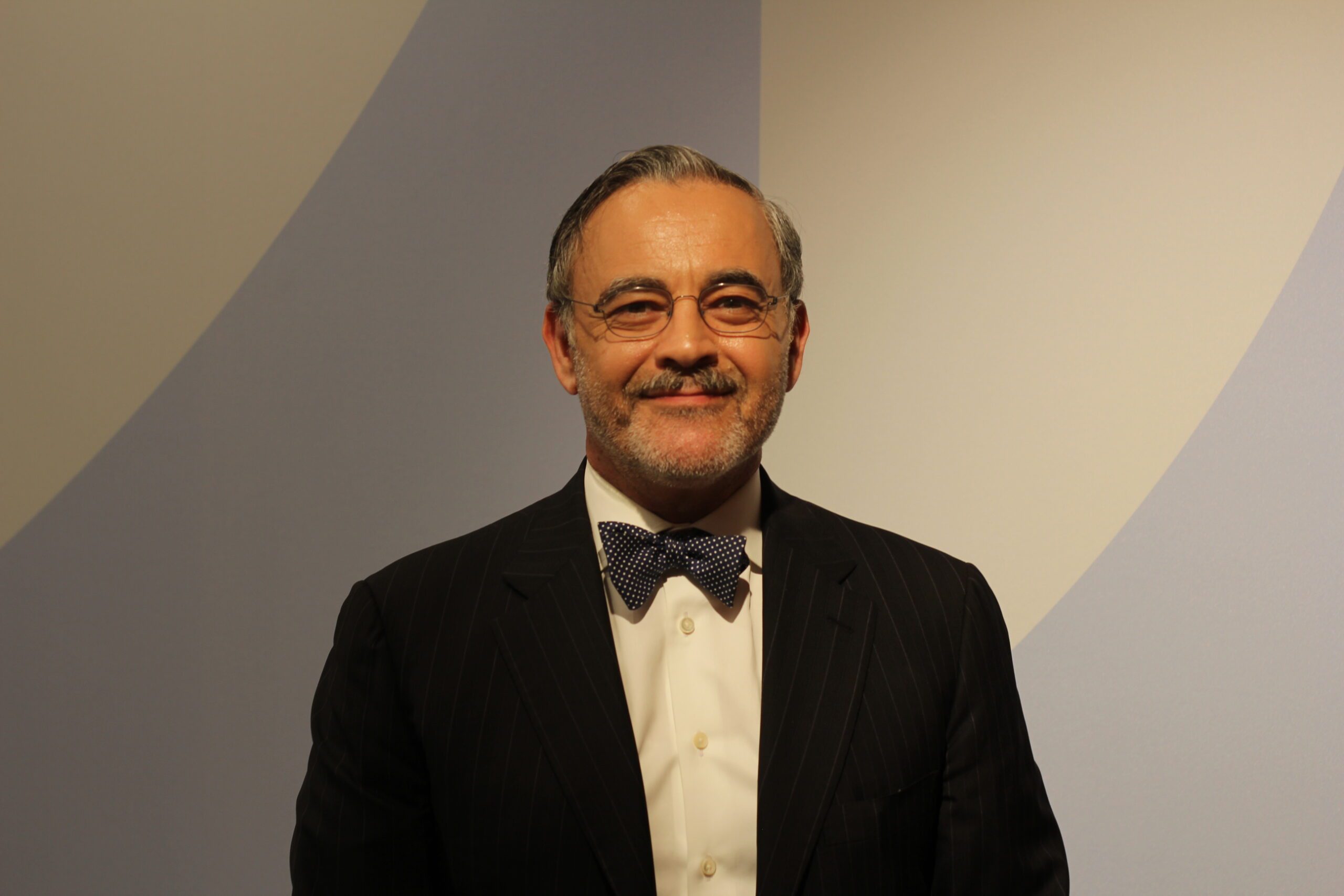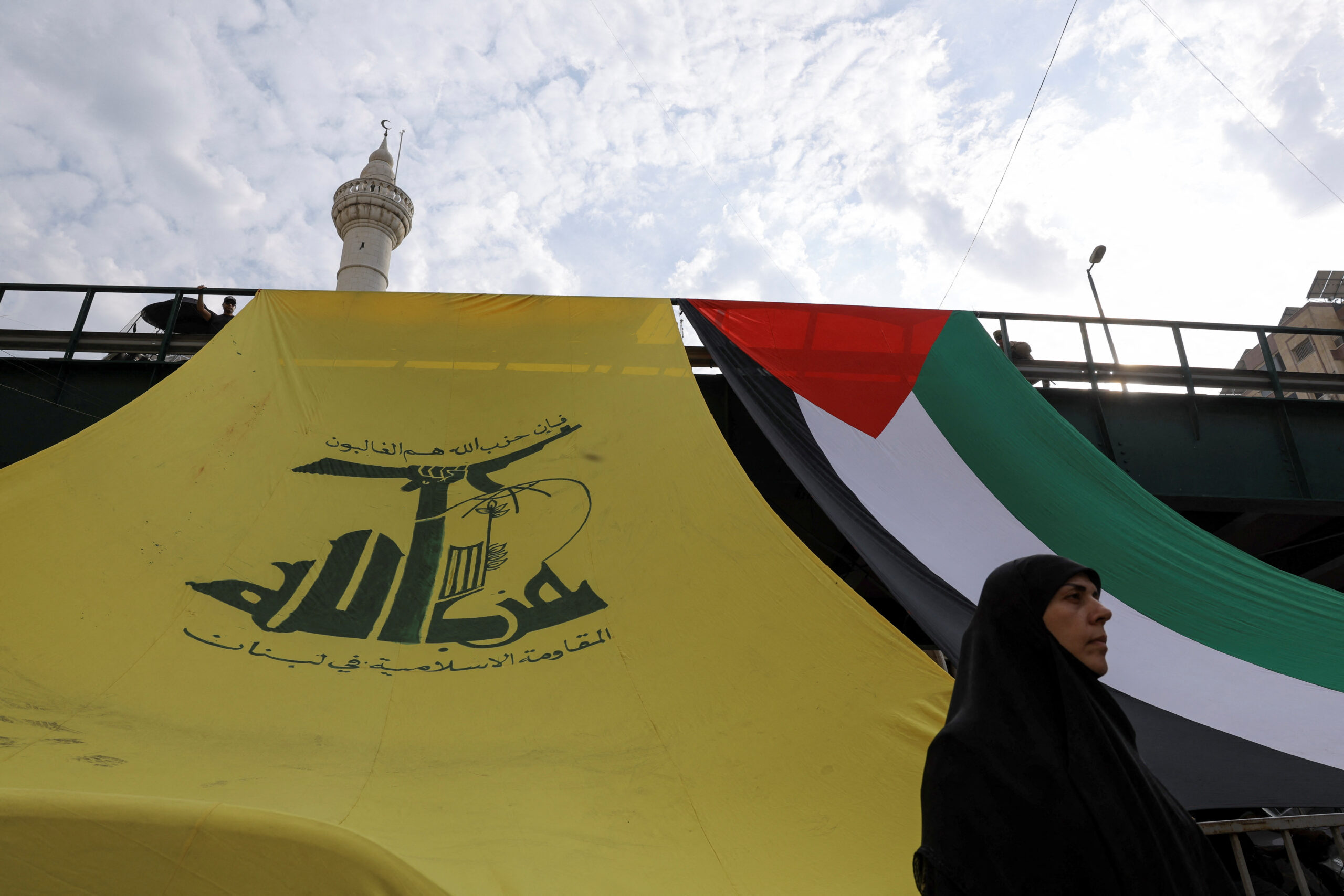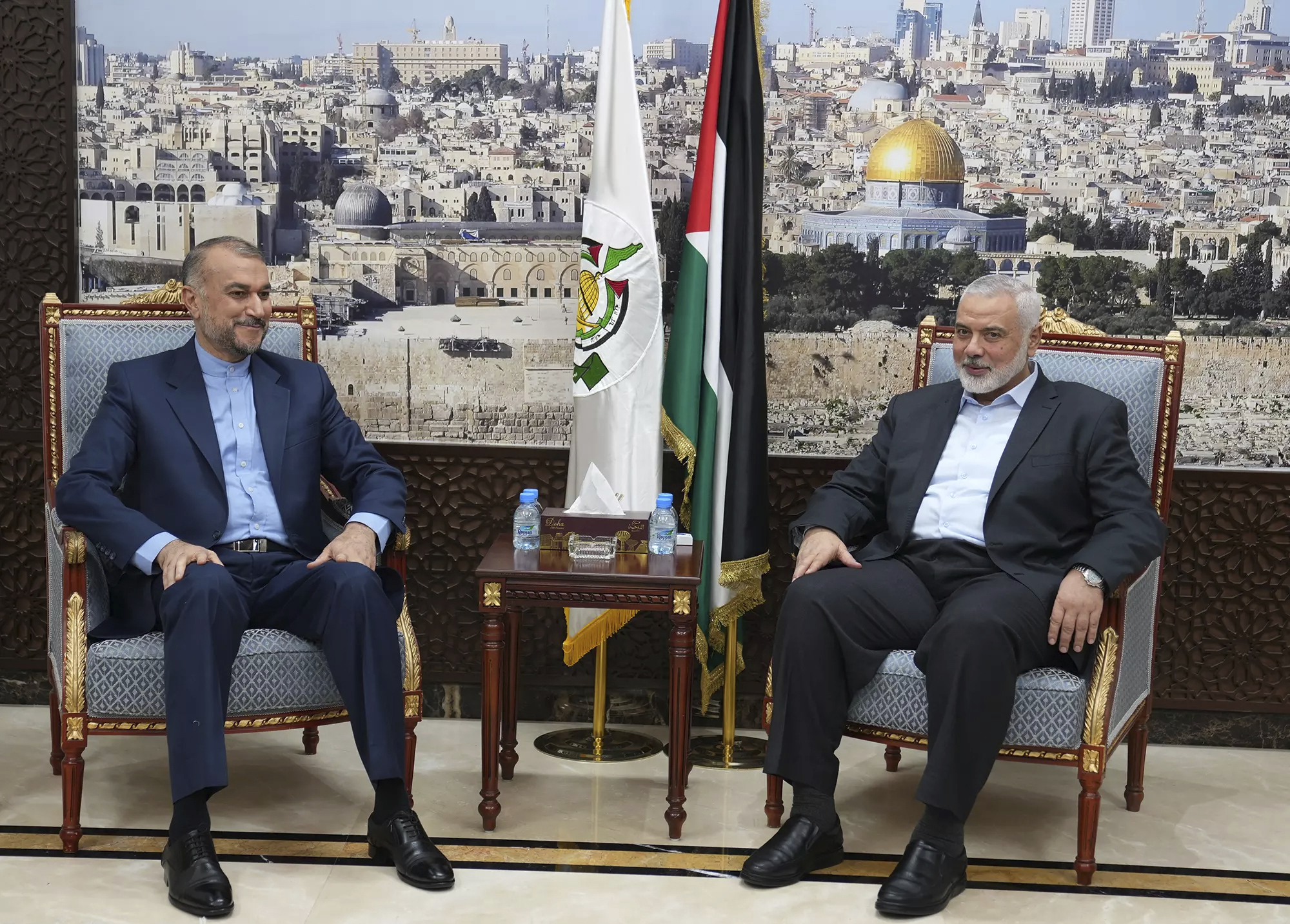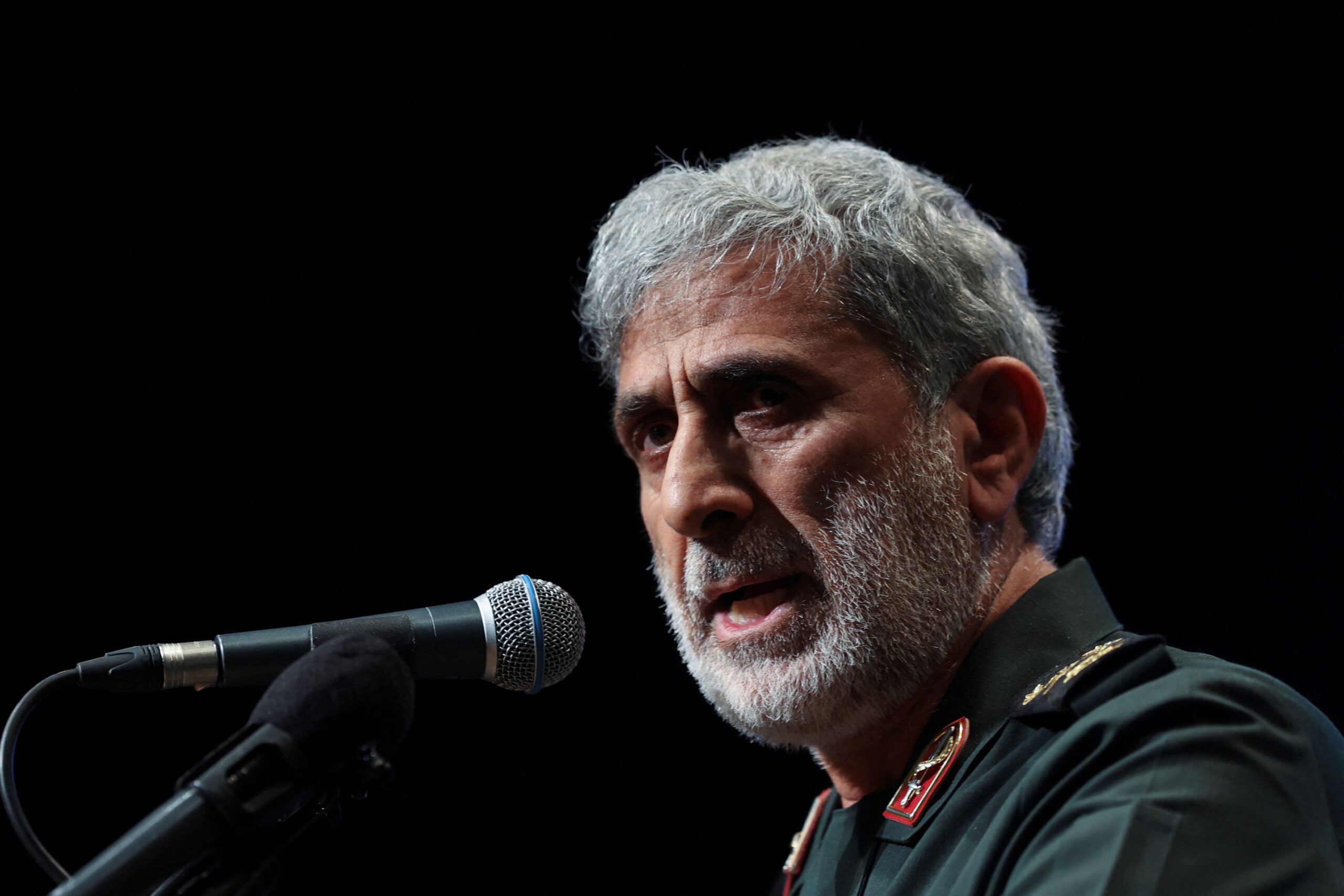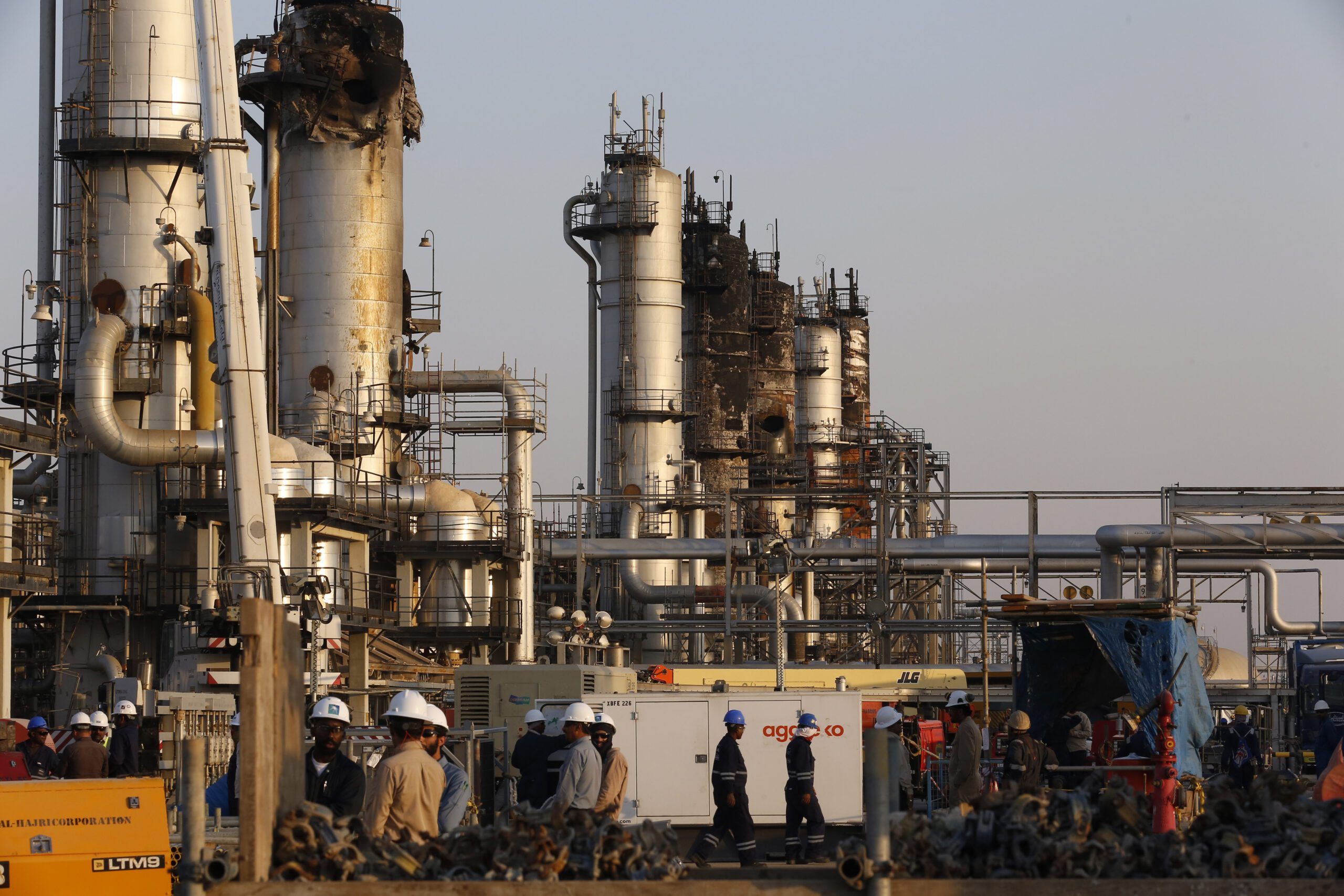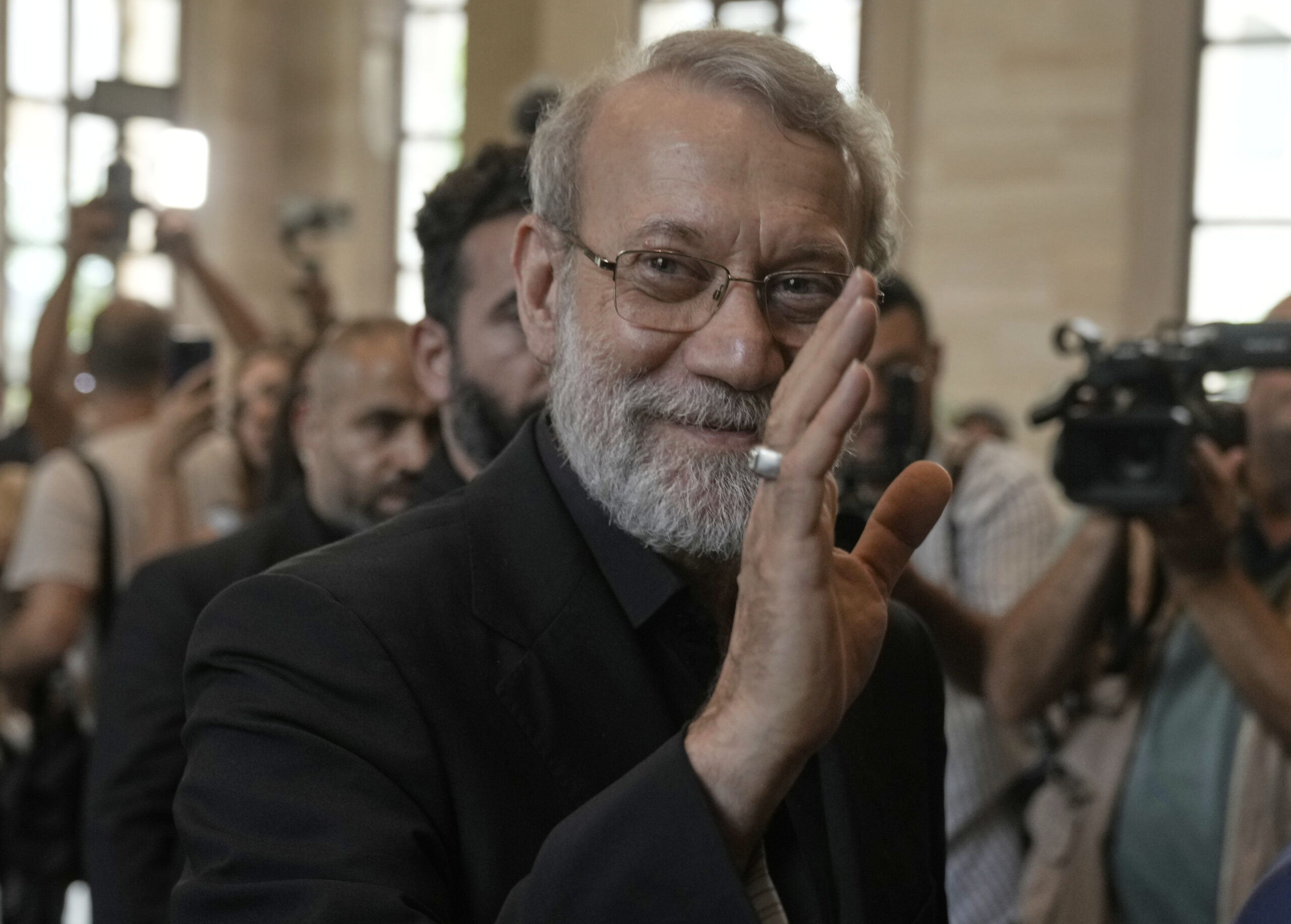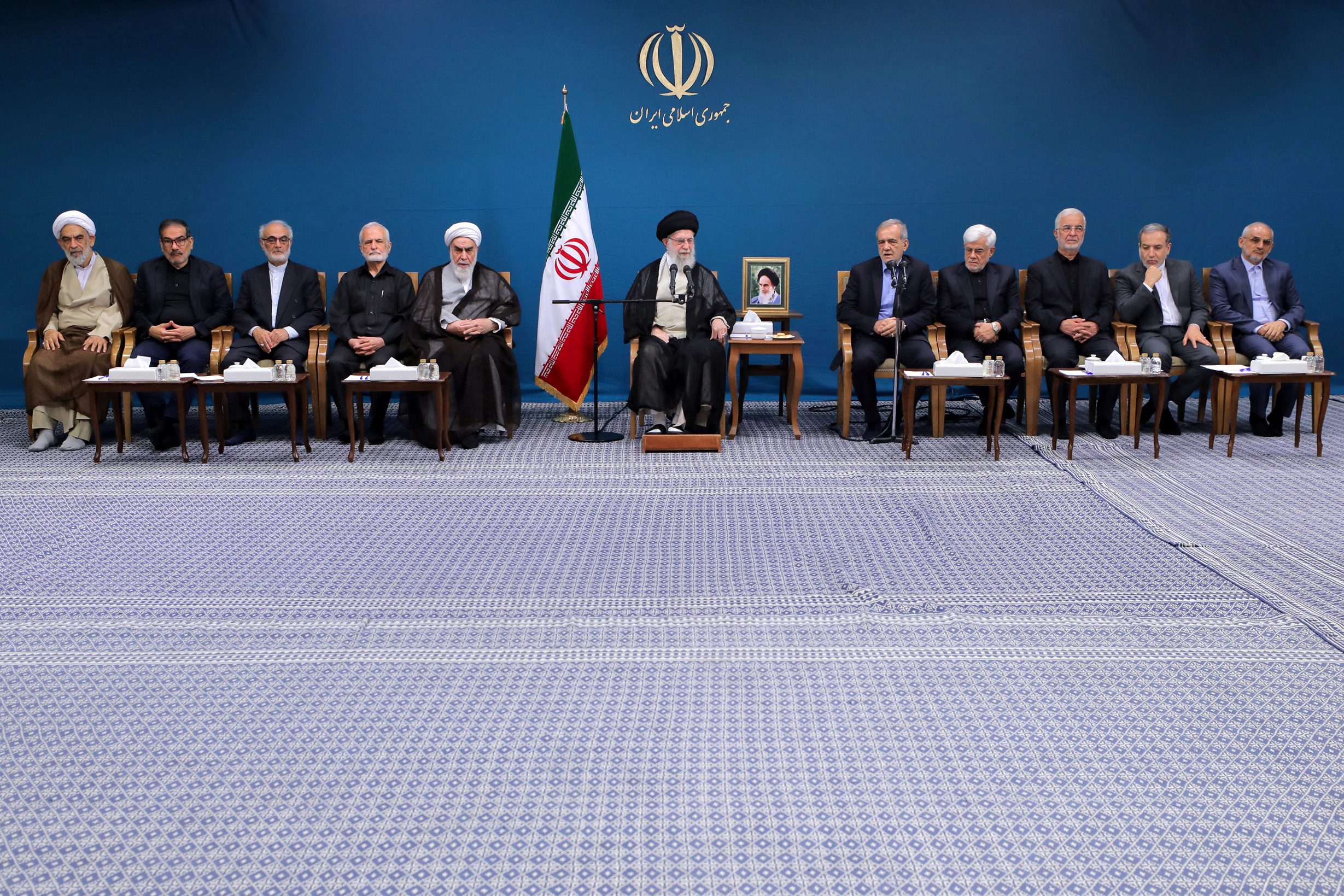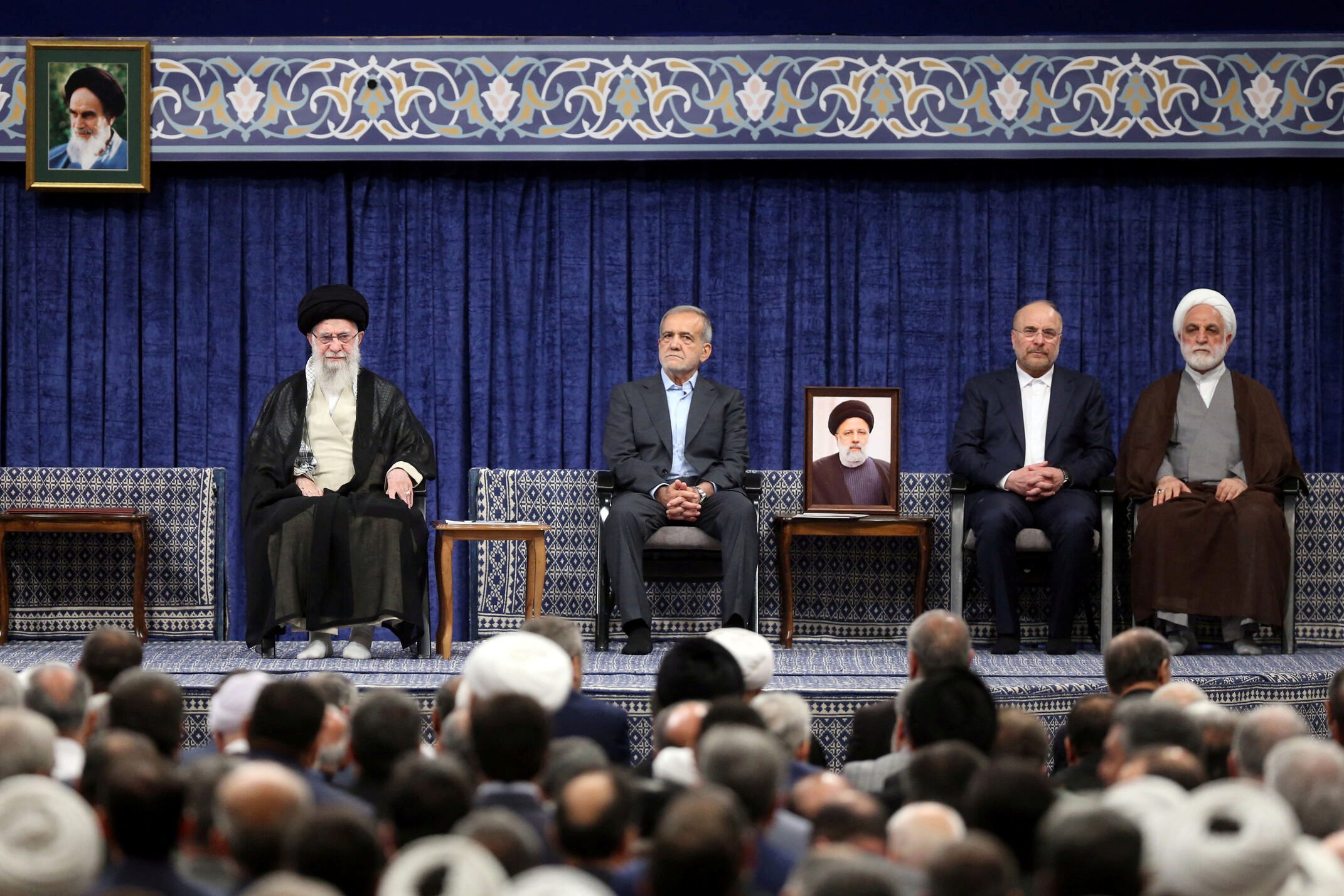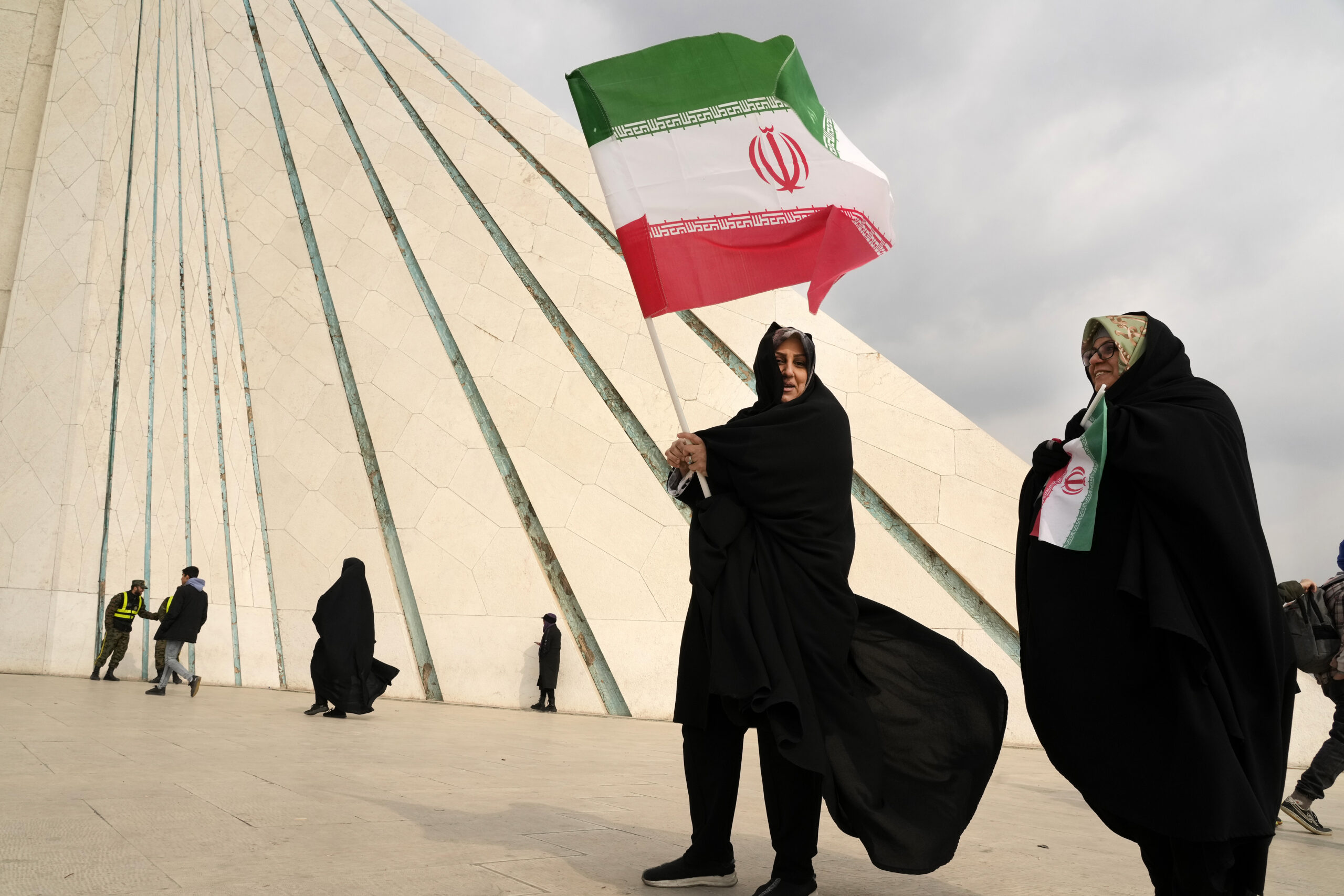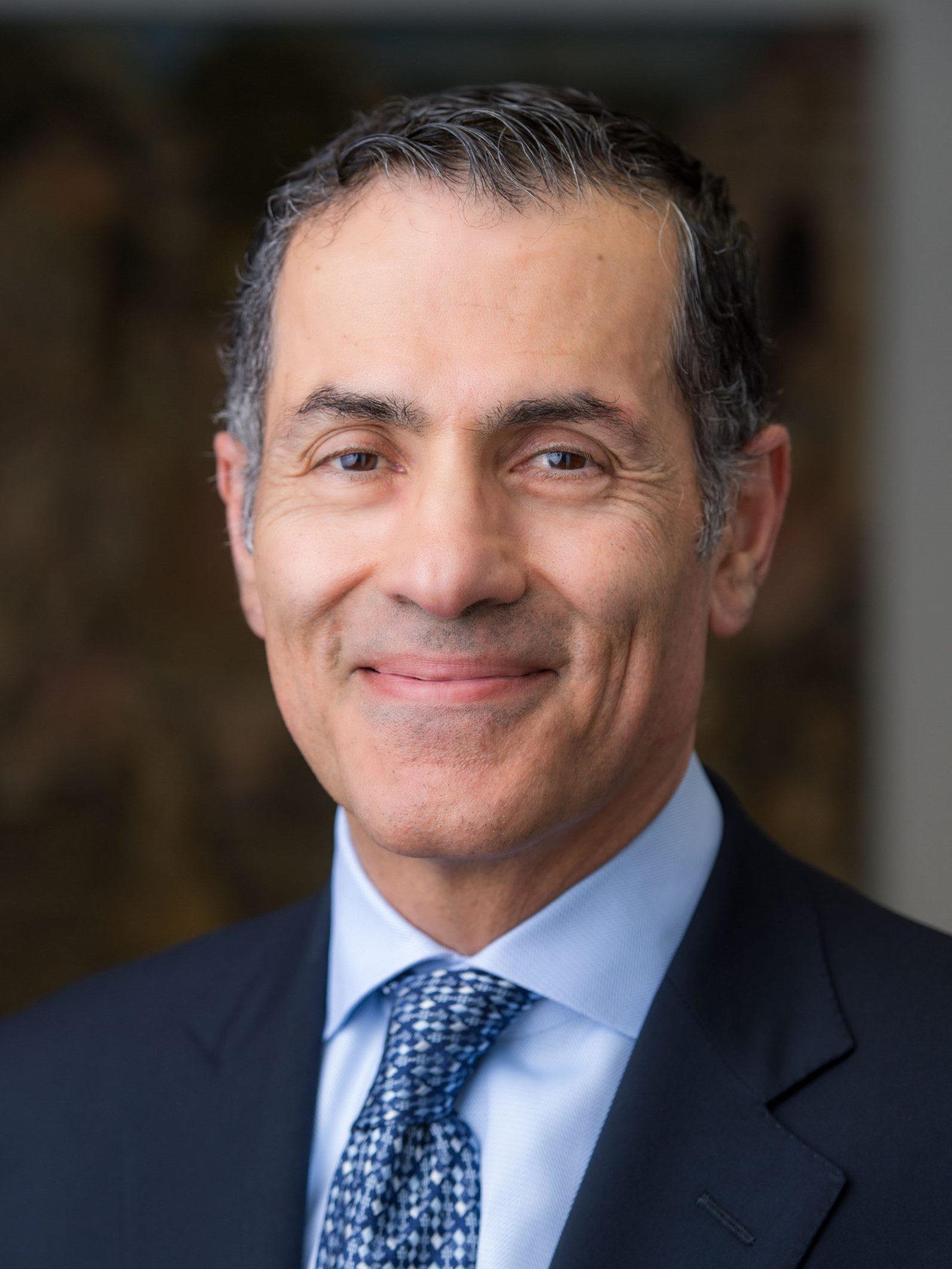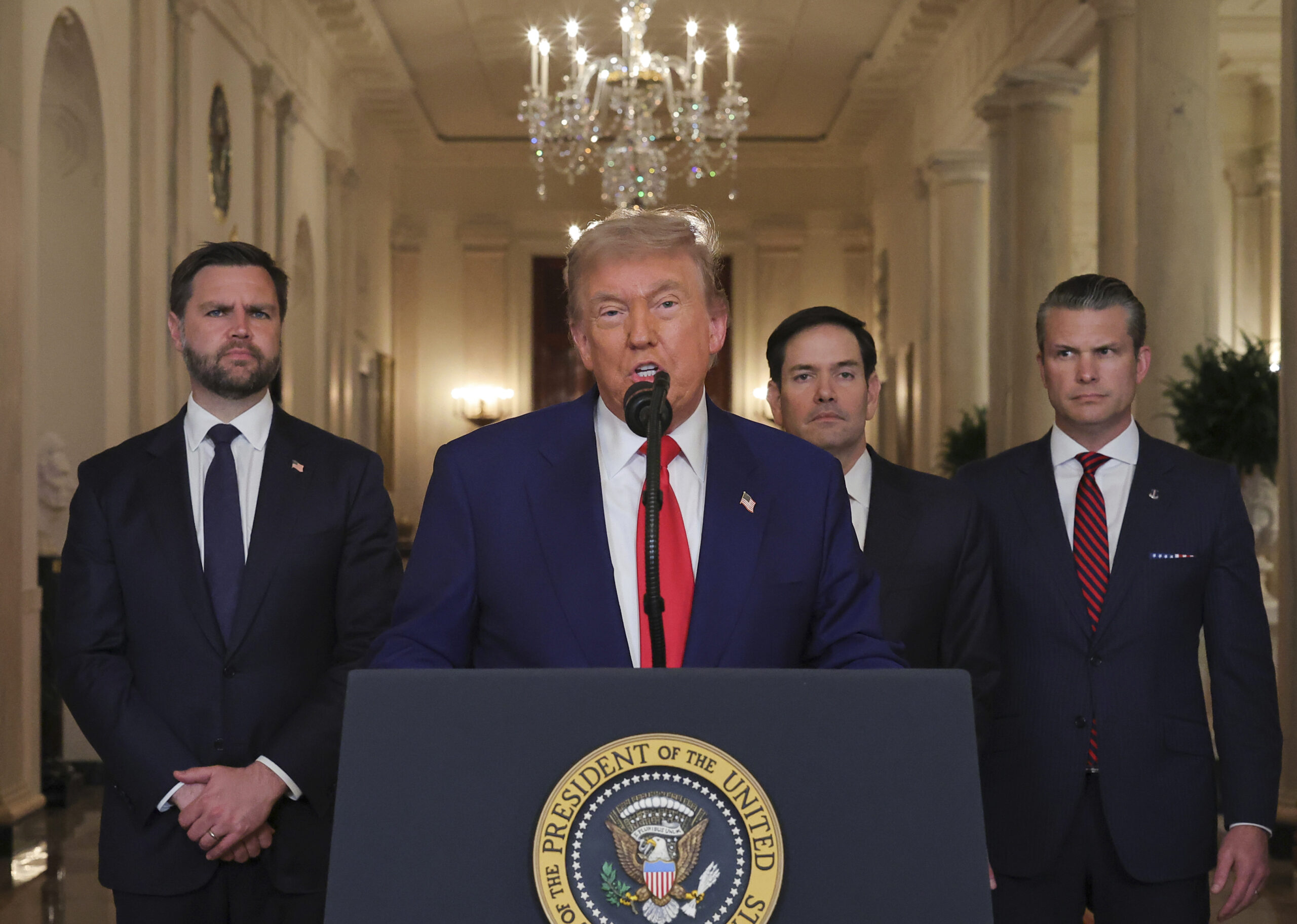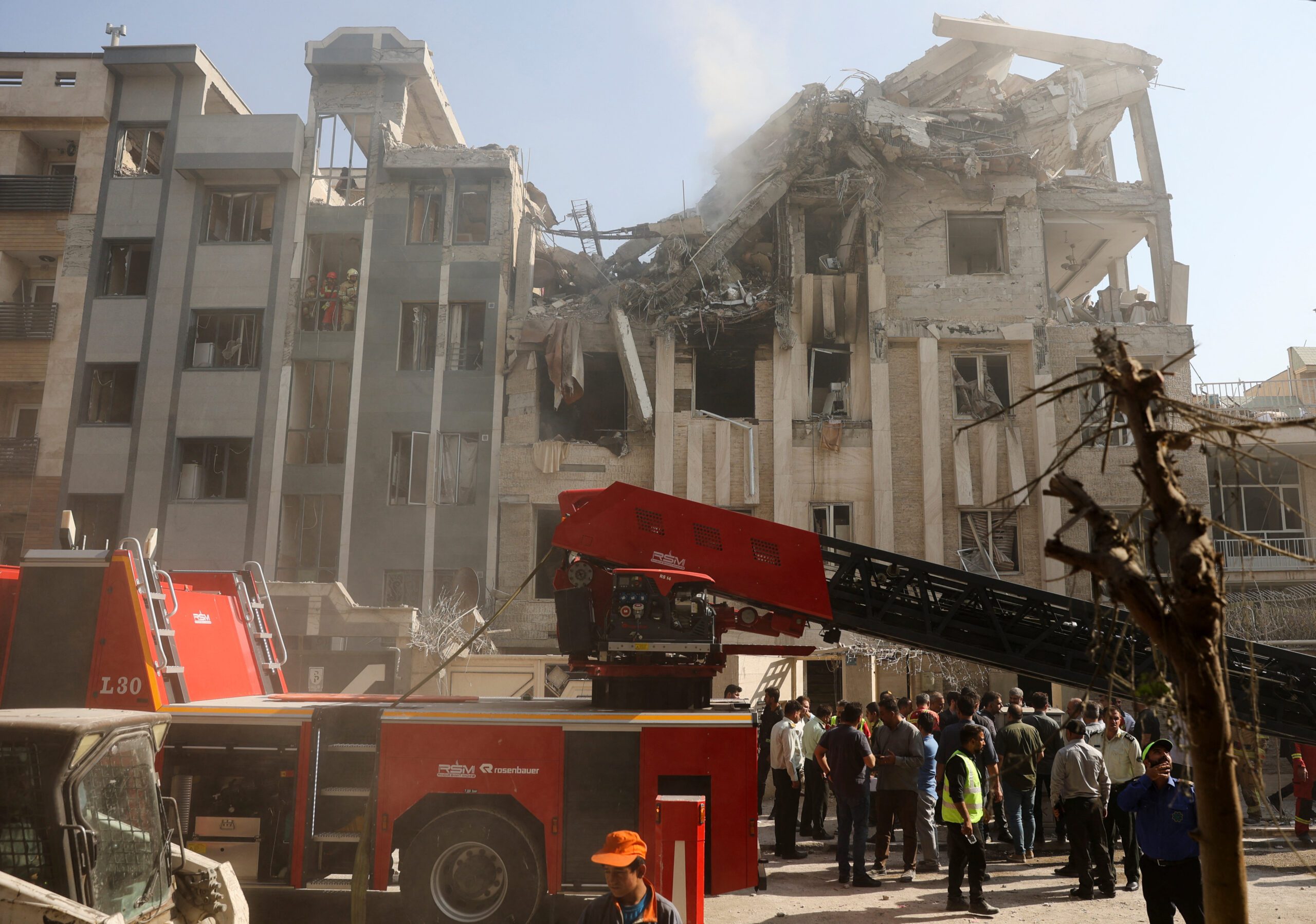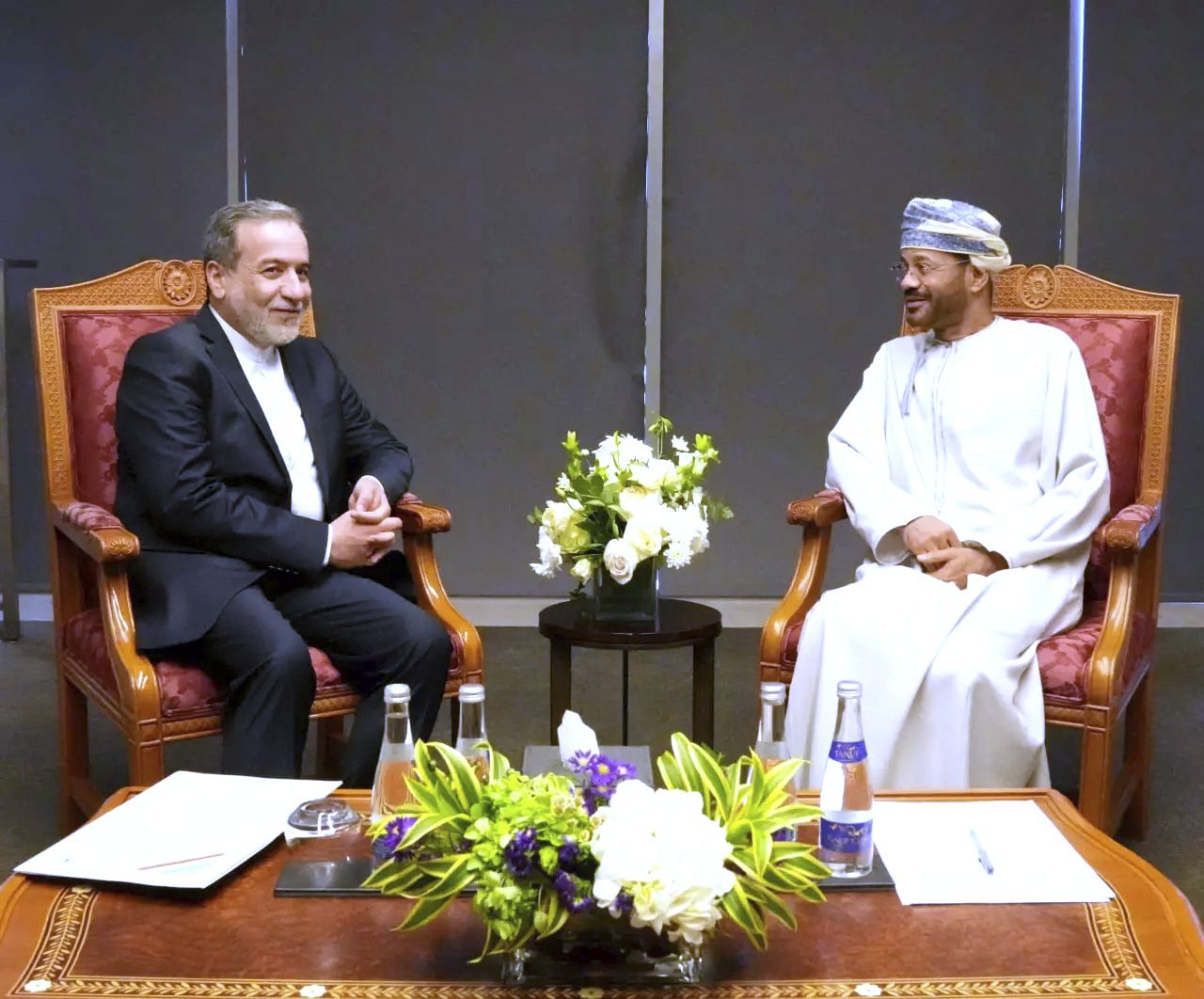Tactical Theatrics: Iranian Proxies and Allies Respond to the War in Gaza
Iran and its allies appear to be engaged in symbolic actions against Israeli and U.S. forces rather than openly provoking a war, but these theatrics still risk igniting a regional war all involved parties want to avoid.
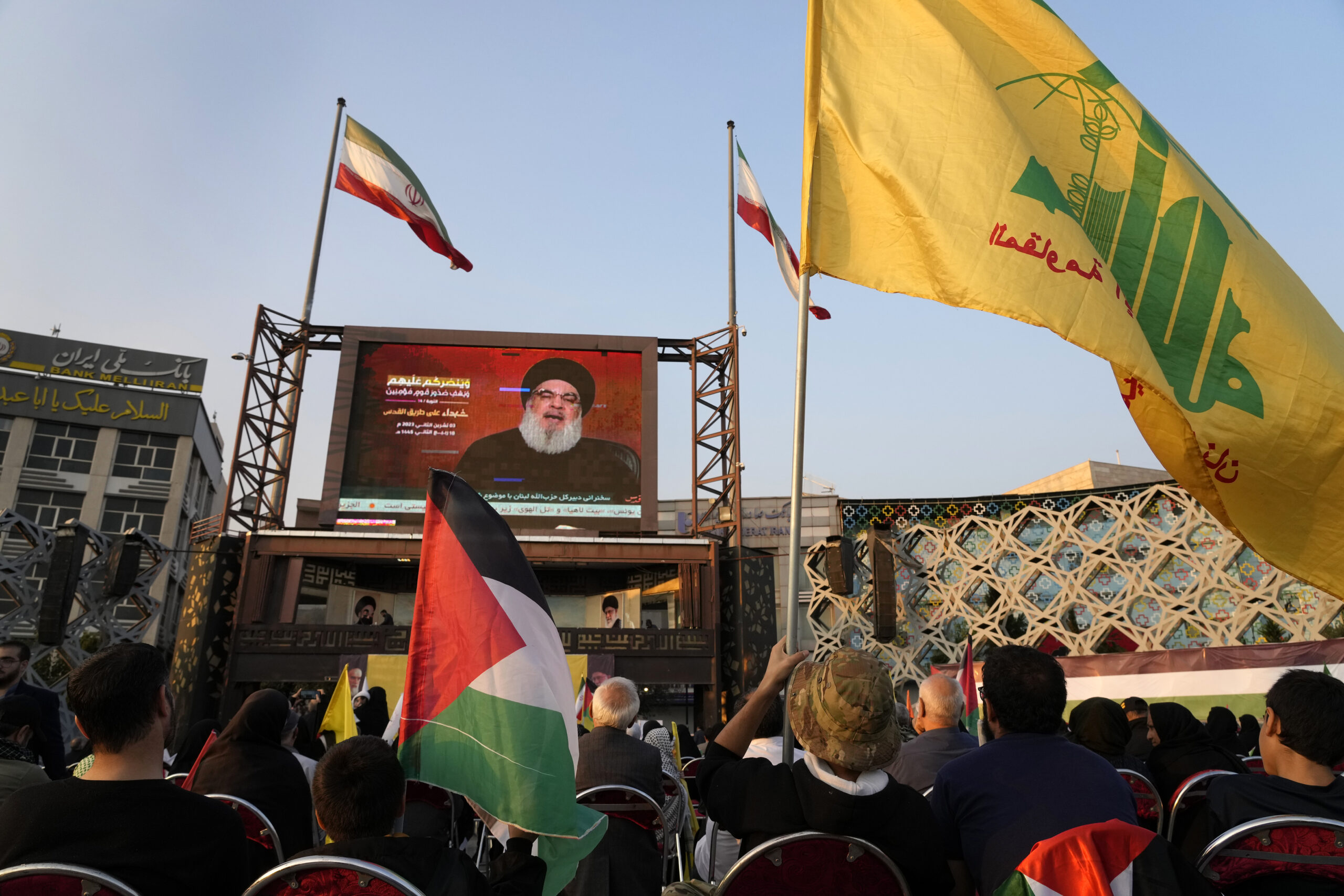
Since the October 7 Hamas attack against Israel, Iran and its proxies and allies have engaged in a war of words against Israel and the United States. At times, words have been preceded or followed by drone, rocket, or missile attacks against Israeli and U.S. forces in northern Israel, Iraq, and Syria. Israel and the United States have retaliated in kind, raising concern over the Israel-Hamas conflict escalating across the wider Middle East region. But how real is the risk of a regional war? Iranian-allied fatalities in Lebanon, northern Israel, and possibly Syria since October 7 indicate the attacks have essentially been tactical theatrics. Limited in scope, the attacks primarily have served as symbolic declarations of solidarity with Hamas and were perhaps also designed to complicate Israeli and U.S. calculations rather than trigger a regional war. Should a regional war break out, it will be more by accident than by design.
Lebanese Hezbollah officials have on numerous occasions claimed, perhaps truthfully, that they had no prior knowledge of the Hamas incursion. Yet on October 8, the militia shelled the disputed Shebaa Farms area, reportedly destroying an Israeli radar site. The Israel Defense Forces retaliated with artillery strikes and a drone attack in southern Lebanon, seemingly claiming the lives of four Hezbollah fighters. While Hezbollah’s political leadership remained silent at the time, Mohammad Yazbek, a member of Hezbollah’s religious council, on October 9 explained Hezbollah’s shelling was “meant to send our message of gratitude to the resistance fighters of Palestine” and warned Israel against “crossing the redline of the resistance.” One way to interpret Yazbek’s statements is that the shelling was largely symbolic, and Hezbollah does not desire a war with Israel.
Then, on October 9, three members of Palestinian Islamic Jihad were reportedly killed as they infiltrated Israeli territory from Lebanon. Three Hezbollah fighters were killed in separate exchanges of fire with Israeli forces the same day. It is not known whether the Hezbollah fighters were killed because they fired on Israeli forces or were targeted in response to the Islamic Jihad militants’ incursion into northern Israel. As minor incidents between the Israel Defense Forces and Hezbollah continued, Hassan Fazl-Allah, a Lebanese parliamentarian and Hezbollah supporter, said on October 15: “We are ready for any eventuality, and all options are on the table, but we do not want to disclose our next moves. This is part of the struggle!”
Hezbollah’s strategic ambiguity was also the main theme of an address by Hashim Safi al-Din, the head of Hezbollah’s Executive Council who is widely recognized as second in command of the militia. While receiving visitors from Iran’s state-censored media November 1, Safi al-Din said, “What our reaction” to the war in Gaza “will be, at what level, and when, is not something that we will disclose, since fundamentally our strategy is not to make declarations or pledges.” He also candidly admitted the goal of Hezbollah’s border clashes with Israel is to “force the Zionist army to dispatch elite forces meant for Gaza to northern Israel to counter Hezbollah.”
Hezbollah Secretary General Hassan Nasrallah finally broke his silence and delivered a widely anticipated televised speech on the Israel-Hamas conflict November 3, almost a month after the conflict broke out. The screen showed a Quranic verse reading, “Fight them! Allah will chastise them at your hands, and He will lay them low and give you victory over them. He will heal the breasts of folk who are believers.” While Nasrallah’s voice and demeanor appeared combative, the substance of the speech did not. Nasrallah insisted that Hamas had planned the attack in secrecy and that Hezbollah and Iran had no part in it. He claimed that all options were on the table for the Lebanese militia but stopped short of declaring war on Israel. Iran’s state-censored media has since praised Nasrallah’s “strategic ambiguity,” which supposedly complicates the strategic calculus of Israel and the United States.
From October 7 to November 7, 59 Hezbollah fighters, seven Islamic Jihad fighters, and a Hamas commander were killed in northern Israel, Lebanon, and possibly Syria. As with statements by Hezbollah officials, the relatively low casualty numbers suggest Hezbollah does not intend to get entangled in the Israel-Hamas conflict.
Hezbollah, Hamas, and Islamic Jihad fatalities in northern Israel, Lebanon, and Possibly Syria October 7 – November 7, 2023
Additionally, Yemen’s Houthi movement claimed responsibility for missile and drone attacks targeting Israel October 31 and is also suspected of an October 19 attack targeting Israel and U.S. military bases in the region. While media outlets reflecting the viewpoint of Iran’s Islamic Revolutionary Guard Corps presented the statements from the Houthis’ military spokesperson as a “declaration of war,” there have been no reports of further Houthi attacks against Israeli or U.S. forces (with the exception of the downing of a U.S. drone November 8).
Other Iranian allies and proxies appear to be following a similar line as Hezbollah and the Houthis. On October 30, the U.S. Department of Defense reported that from October 17-30, “U.S. and coalition forces have been attacked at least 14 separate times in Iraq, and nine separate times in Syria, through a mix of one-way attack drones and rockets, for a total of 23 attacks to date.” The attacks largely focused on U.S. and coalition forces at Ain al-Asad airbase in Iraq, al-Tanf garrison in Syria, and other sites in Iraq and Syria. They were claimed by several little-known Iraqi Shia militias, such as the Islamic Resistance in Iraq and Tashkil al-Waritheen, both of which present themselves as parts of the “Islamic Resistance,” a term that connects them to better-known and more established Iranian proxies in Iraq. These attacks were also limited, and the United States reportedly managed to neutralize most of them. As with Hezbollah’s limited provocations against Israeli forces, these smaller incidents do not indicate Iran or its Iraqi proxies and allies are actively pursuing a war against the United States.
Iran and its allies and proxies appear to be engaged in tactical theatrics rather than openly provoking a war. These theatrics, however, may in the worst case ignite a regional war all involved parties want to avoid.
The views represented herein are the author's or speaker's own and do not necessarily reflect the views of AGSI, its staff, or its board of directors.
